Pound plunges after Bank of England's dovish rates signal
Central bank revises its growth forecast for UK economy
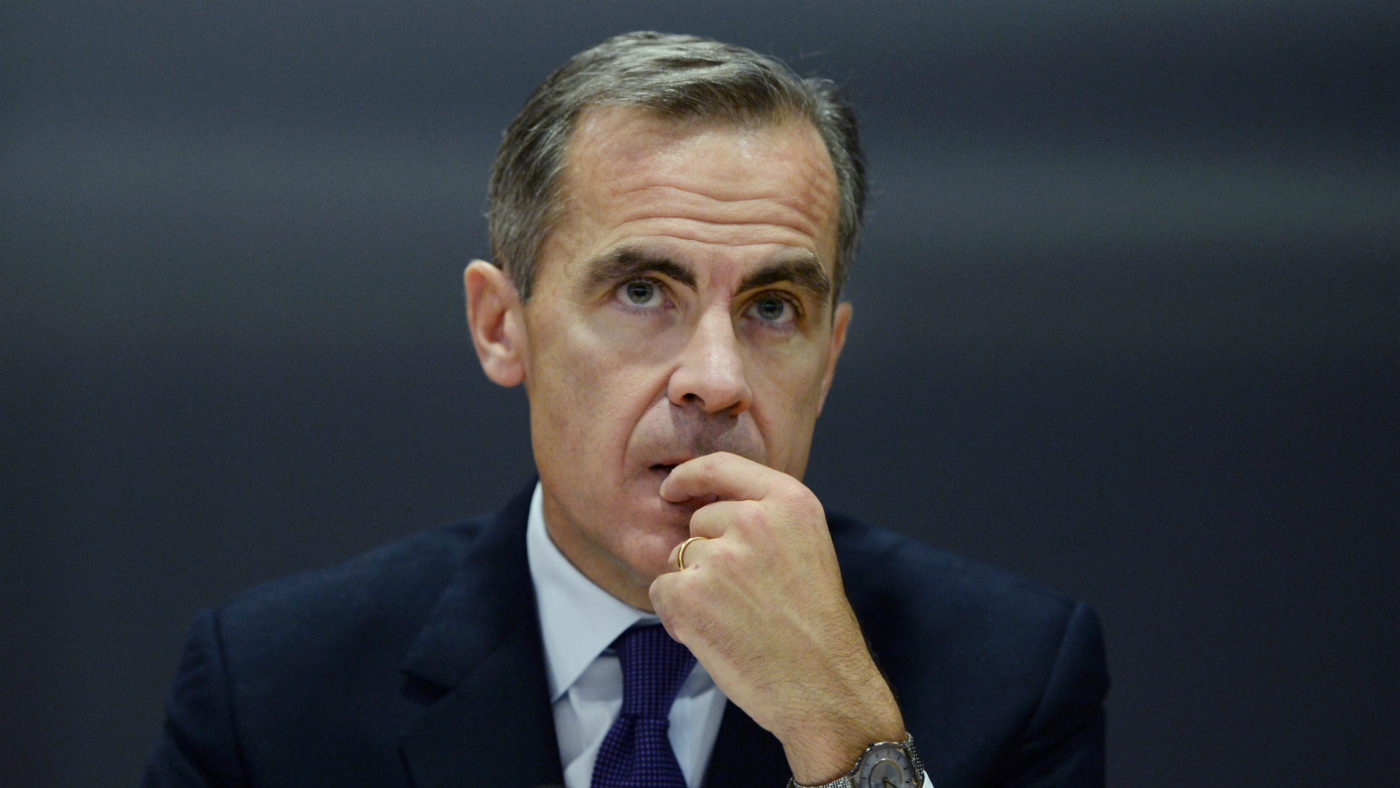
Interest rates: Federal Reserve and European Central Bank diverge
2 November
It is now thought to be much more likely that the US Federal Reserve will increase interest rates in December. In fact, for all its apparent recent vacillation chairwoman Janet Yellen has consistently maintained it would most likely - although by no means certainly - begin to normalise monetary policy this year.
But why the change of tact, when Europe not only continues to keep rates low but is considering further economic stimulus?
The Week
Escape your echo chamber. Get the facts behind the news, plus analysis from multiple perspectives.

Sign up for The Week's Free Newsletters
From our morning news briefing to a weekly Good News Newsletter, get the best of The Week delivered directly to your inbox.
From our morning news briefing to a weekly Good News Newsletter, get the best of The Week delivered directly to your inbox.
Why the focus on the US?
The Fed is “the world’s most influential central bank,” says Peter Spence in The Telegraph. If it raises rates, so could other banks around the world.
It's actions are also important because of the knock-on effects for the dollar - and more specifically the huge mountains of dollar-denominated debt in emerging market economies. A raise could trigger a minor - or, depending on who you talk to, major - credit crunch.
Might the US increase rates soon?
A free daily email with the biggest news stories of the day – and the best features from TheWeek.com
"Is the Federal Reserve going to raise US interest rates? That’s easy. The answer is yes,” says Andrew Walker, the BBC World Service economics correspondent. The question of when it will do so, however, is much trickier to answer.
“The Fed’s main interest rate has been practically zero since the dark days of the financial crisis. It has been unchanged since December 2008, a few weeks after the collapse of the investment bank Lehman Brothers," Walker continues.
Now, he says, there are those who think the US economy may finally be strong enough to cope with an interest rate rise. A hawkish tone to the commentary accompanying the decision to hold rates again at the end of its October meeting, has prompted speculation over its final meeting of the year next month.
What are the arguments either way?
Since 2009 the US economy has grown at an average annual rate of 2.2 per cent - “that’s not particularly strong," says Walker, but puts it 9% larger than the pre-recession peak. Unemployment is also near 40-year lows and domestic demand as measured by retail sales remains high.
On the flip side, growth has just fallen in the third quarter following a fall in factory output and there are headwinds that could hit producers and exporters in particular from an apparent slowdown in China.
Even those jobless stats aren't universally positive: the employment participation rate is at lows not seen since the 1960s.
Is Europe likely to follow suit?
In a surprising move Mario Draghi, the president of the European Central Bank, announced earlier this month that he is considering cutting interest rates further and upping quantitive easing in order to fend off another economic slump in the eurozone.
A rate rise in the Eurozone seems incredibly unlikely, even if the US goes ahead and increases its interest rate. This is because European economies are not looking anywhere near as strong as the US economy.
There has been a “stream of downbeat data from Germany, the eurozone’s largest economy, including the sharpest decline in exports in six years,” says Heather Stewart in The Guardian. The euro has also been strengthening which makes goods less competitive on the international market.
But, a rate rise in the US could help the eurozone. “The US Federal Reserve just lent the ECB a helping hand,” says Neelabh Chaturvedi on CNBC. The announcement that the Fed could raise rates led to the euro falling to a two-month low against the dollar.
“A weaker currency would be a potential succor for a Eurozone tackling a slump in demand for its products as well as feeble inflation.”
Why is everyone talking about moves before they happen?
The people in charge of central banks like to give big hints as to what they may do with rates so that global stock markets don’t get any unexpected shocks. An unexpected rate change can make markets jittery and cause investment losses.
“Draghi is an enthusiastic proponent of ‘forward guidance’, the strategy of sending strong verbal policy signals in order to shift markets,” says Stewart. This was seen in 2012 when, in the midst of the Greek debt crisis, he announced that the ECB would do “whatever it takes” to save the currency. That statement helped to “reassure panic-stricken investors” and steady the markets.
What about the UK?
Unfortunately for savers it looks like the Bank of England may be planning to keep the base rate at 0.5 per cent for a while yet. Earlier this year the Bank of England governor Mark Carney has suggested rates might rise in early 2016.
He still says that's the most likely option, but his tone has softened markedly in recent weeks. “There’s no certainty that they [rate rises] will happen, but it is a better position to be in if households expect what we think is likely to happen, and to some extent are prepared for it,” he said in the Mail on Sunday.
Interest rates: five key takeaways from the Fed's hold
29 October
The Federal Reserve Open Market Committee revealed yesterday it had voted 9-1 not to increase interest rates this month. That was no surprise.
What caught markets off guard was the tone of the statement announcing the decision, which dropped portentous warnings over China and, to the ears of many, hinted matters were coming to a head at the next meeting in December.
Here are the important things were learned this month:
1. China is less of a concern
The world has been obsessed with a slowdown in China. Announcing its last hold in September the Fed seemed preoccupied with the Chinese economy too, warning sluggish growth to come could have profound implications for the US and its exporters in particular. This month it said nothing - not a word.
This probably reflects a desire not to inflame market tensions – last month's statement prompted a freefall – but also an underlying softening of concern.
China's leaders say they are not wedded to growth of seven per cent a year and that it would not derail plans for economic transformation if this slowed to 6.5 per cent. Last quarter its economy grew 6.9 per cent.
2. December was highlighted
Unusually, the Fed actually mentioned its next meeting in December in relation to monitoring the development of key economic indicators. As CNBC notes, this has given the strong impression that it believes things will come into sharp focus then.
3. Fed is managing expectations
Some argue that in fact the Fed is in two minds, so it wants markets to be prepared for any eventuality. Put simply the market had all but given up a hike this year – despite a fairly consistent message from policymakers that a 2015 rise was likely – and the Fed wanted bets to be even so that a move either way will not be a complete shock.
"The fact that we were pricing a 1-in-3 chance that the Fed could hike in December was probably too low for comfort, and I think their goal at this meeting was to get to 50/50 and they hit it right on," said Jim Caron, fixed income portfolio manager at Morgan Stanley Investment Management.
Markets are now pricing in a 48 per cent chance of a December rise.
4. Data today is crucial
The economic indicators the Fed said it is watching are on economic growth and the labour market. Latest updates for both are published later today.
The Guardian says expectations are for GDP growth to have slowed from the second quarter's strong 3.9 per cent annual reading to closer to 1.5 per cent (so on the quarterly basis on which the UK reports around 0.4 per cent).
Unemployment should remain stable and near record lows, although the employment rate is pretty low.
But Ilya Spivak, currency strategist at DailyFX, reckons the data might surprise on the upside as many analyst models "underestimate the economy's vigour". If so, expect a bout of predictions of a hike.
5. There's a long way to go
The truth is, though, that this data won't tell us too much about how the Fed will feel in two months unless it overshoots or misses expectations in a big way.
As James Macintosh writes in the Financial Times, there is a "long gap before the next meeting" and we'll hear a lot more from policy makers before then via public speeches.
We're likely to see the most uncertainty we have in a long time before that December meeting, which will mean volatile markets and a lot – a lot – of contradictory commentary in the press. As the Wall Street Journal says, if "column inches are a guide, all of this uncertainty is good for journalism, if not for the economy".
[[{"type":"media","view_mode":"content_original","fid":"86143","attributes":{"class":"media-image"}}]]
Interest rates: UK GDP growth has slowed
27 October
UK economic growth slowed in the three months to September, dealing a blow to those who believe that robust expansion provides a strong argument for an earlier interest rate rise.
According to estimates for the first quarter from the Office for National Statistics, the economy has grown by 0.5 per cent. This is down from 0.7 per cent in the second quarter, and is partly attributed to the manufacturing sector which is struggling with the effects of a strong pound on exports and a slowdown in growth in key emerging markets such as China.
Output in manufacturing fell by 0.3 per cent between the second and third quarter, while the construction sector contracted by 2.2 per cent, the Financial Times notes. Overall industrial production rose by 0.3 per cent after the mining sector bounced back, but this still means the economy remains reliant on its dominant services sector.
Thankfully the services industry did not disappoint, with output surging by 0.7 per cent. The rise represents the strongest performance since the final three months of 2014, according to The Guardian.
With the figures suggesting an annual expansion rate of two per cent and the deceleration unlikely to derail projections of growth this year of 2.6 per cent, few people will be overly concerned by the numbers at this stage. There is also the mitigating factor that construction was hit by an unseasonably wet August and actually grew by 1.3 per cent in September, suggesting there are some better figures to come.
Chris Williamson, chief economist at the economic pollsters Markit, says the figures will give rate setters reason to pause while they "assess the extent of the slowdown as we move into the fourth quarter".
Most were already expecting a rate rise to happen in the early part of next year. Most analysts reckon it may now be later as inflationary pressure remains non-existent due to fuel and food deflation – and markets are pricing in a hike no sooner than 2017.
Interest rates rise 'possible but not certain' says Carney
26 October
Those hoping for an interest rate rise to boost their savings - or fearing a rise that will hike their mortgage costs - could be disappointed, and delighted, in equal measure after Bank of England governor Mark Carney appeared to backtrack from suggestions of a rise in the new year.
In an interview with the Mail on Sunday, Carney made equivocal comments on increasing borrowing costs, which have been widely interpreted as a signal rate setters may yet delay taking action.
Carney has previously indicated a rate rise was likely in early 2016, saying the issue will "come into sharper focus around the turn of the year". In the process he has several times brushed aside concerns over an economic slowdown in China and the effects on producers here in the UK.
But in the interview this weekend he struck a less strident tone, saying that while the Bank is expected to raise rates it is not certain it will do so in the coming months.
"There's no certainty that they will happen, but it is a better position to be in if households expect what we think is likely to happen, and to some extent are prepared for it."
Some observers now believe a rates rise could come a full year later than currently anticipated, in early 2017, as oil and food price deflation keeps the pressure off and the economy stumbles amid a global slowdown.
This case will have been bolstered by economic data published today, which the Financial Times notes revealed the first slowdown in production output since 2013. A net balance of 11 per cent of manufacturers saw fewer orders over the past three months relative to the preceding quarter, reflecting the impact on exports of a strong pound, slow growth in China and softer domestic demand.
As a result, City AM says some economists are now projecting GDP growth for the UK in the third quarter will have fallen to 0.5 per cent, from 0.7 per cent.
Interest rates: return to deflation keeps pressure off
13 October
The pressure for a rise in interest rates diminished further today after the latest Office for National Statistics figures revealed that inflation turned negative again last month. The news has undershot the consensus expectations of a hold at around zero.
The main factors in the fall were the slide in fuel prices connected to the ongoing oil slump, along with a rise in the cost of clothing that has been slower than in recent years, Reuters reports.
These trends have been apparent for some time, of course, as has the drop in the cost of food due to the ongoing supermarket price wars.
Given that wages are showing steady growth elsewhere and figures show consistent consumer demand, policymakers are therefore "relatively unconcerned about the risk of persistent price falls leading to deflation", says the news agency.
At the same time "the weakness in inflation is likely to encourage the central bank to take its time before starting to raise interest rates from their record low", Reuters adds. Minutes from the latest rates setting meeting last month revealed an expectation that inflation would not hit one per cent until next spring and could take more than two years to return to the two per cent target.
Some say this underestimates the underlying pressure that is building as a result of the domestic jobs recovery. Oil prices were in steep decline at this time last year but bottomed out in January, which means that the annual comparison is likely to bounce significantly higher in the coming months. Alan Clarke, a Scotiabank economist, told The Guardian that he believed inflation would move back towards one per cent early in the New Year.
Things could move faster than expected after that. At the present time, stagnant prices have pushed real-terms wage growth to its highest level in 14 years (see below) and consumer demand is high, which means that if the recovery is not derailed inflationary pressure could mount quickly. Bank of England Governor Mark Carney has consistently said that the case for a rates rise would "come into focus" at the turn of the year.
Of course the 'if' on the recovery is a big one, given the global economic risks and China's recent slowdown. This means that until there is a meaningful costs dynamic to respond to in the domestic economy, rate setters will hold fire.
-
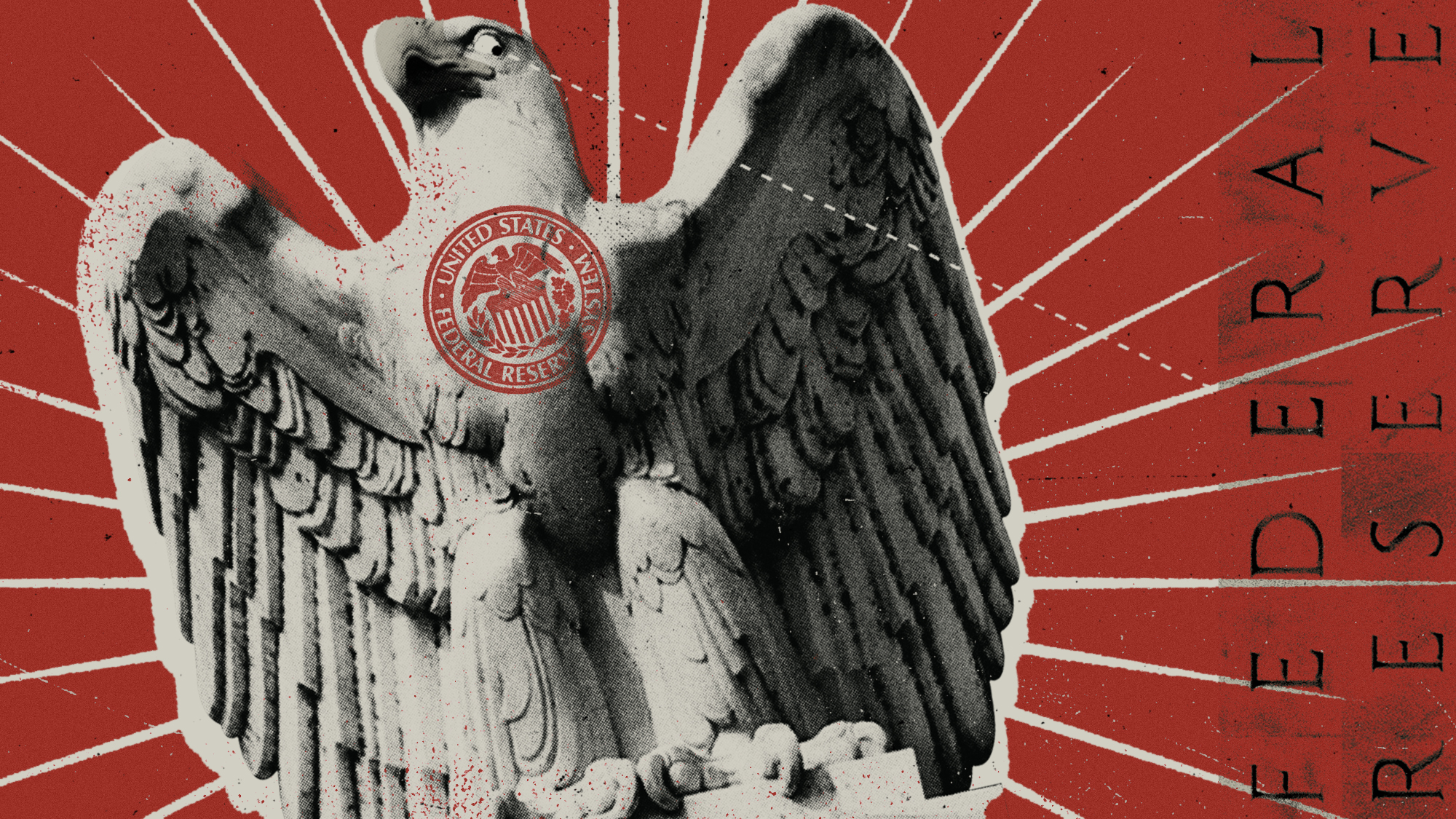 Who will be the next Fed chair?
Who will be the next Fed chair?Today's Big Question Kevin Hassett appears to be Trump’s pick
-
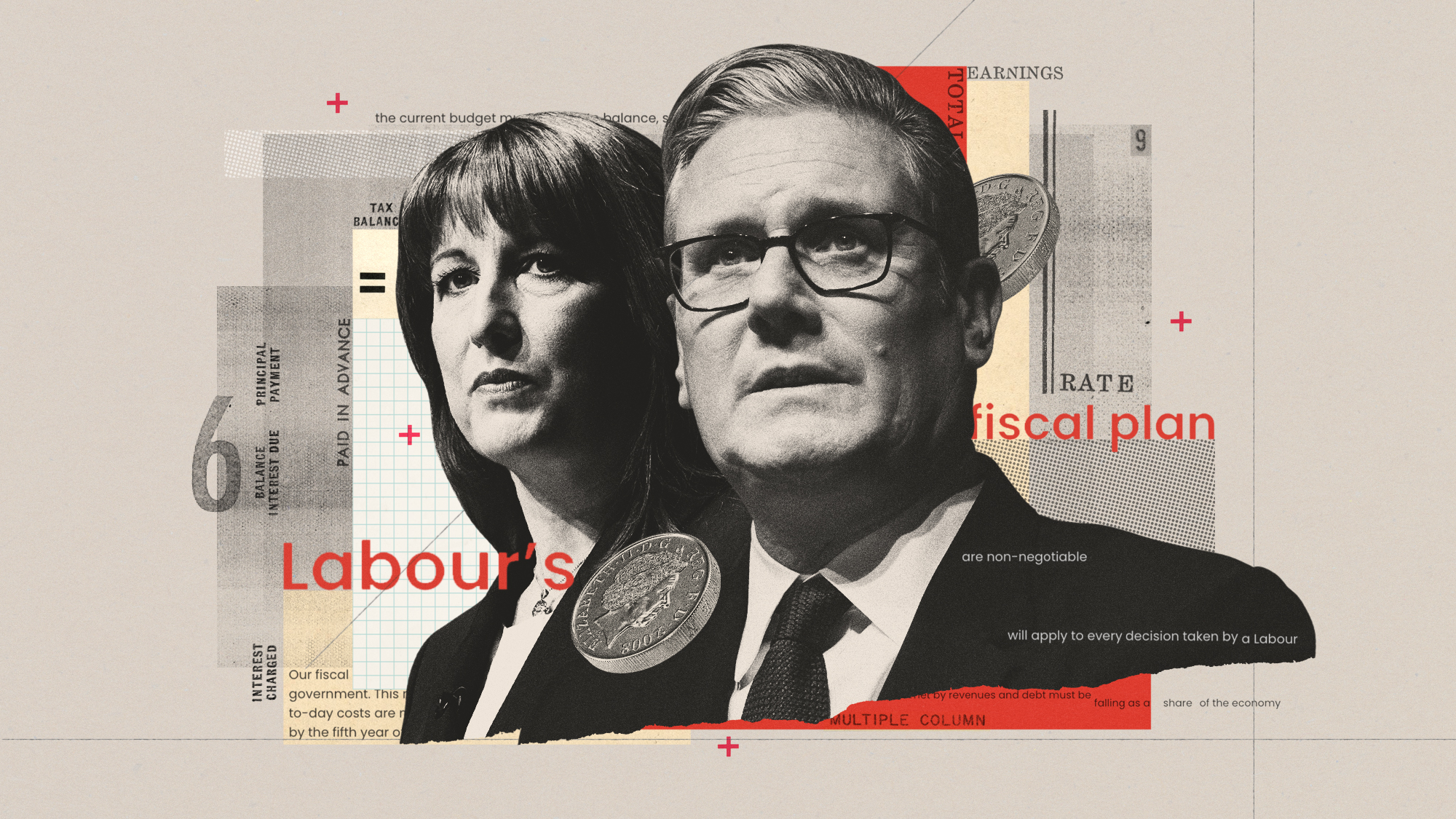 Should Labour break manifesto pledge and raise taxes?
Should Labour break manifesto pledge and raise taxes?Today's Big Question There are ‘powerful’ fiscal arguments for an income tax rise but it could mean ‘game over’ for the government
-
 What are stablecoins, and why is the government so interested in them?
What are stablecoins, and why is the government so interested in them?The Explainer With the government backing calls for the regulation of certain cryptocurrencies, are stablecoins the future?
-
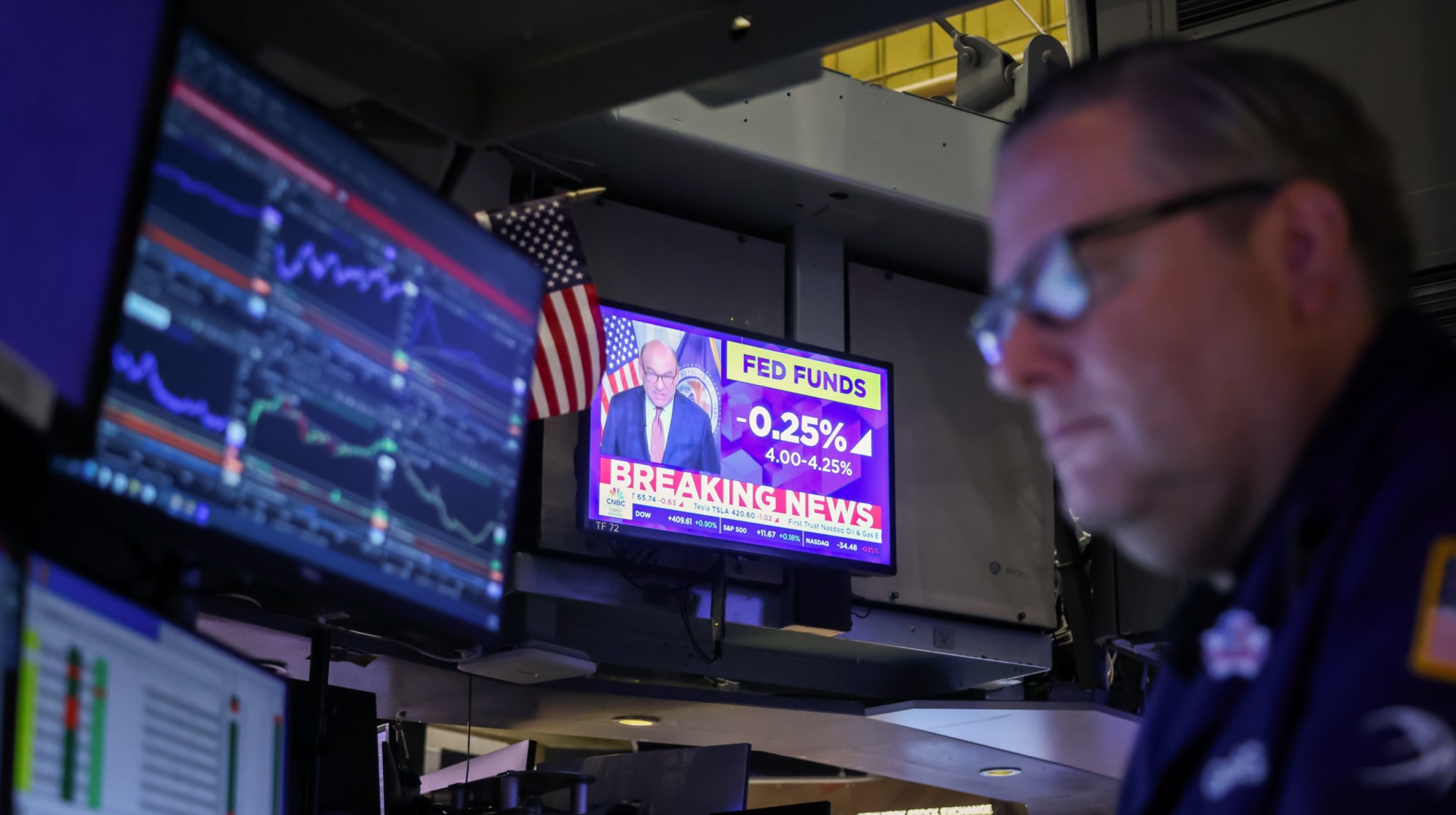 Fed cuts interest rates a quarter point
Fed cuts interest rates a quarter pointSpeed Read ‘The cut suggests a broader shift toward concern about cracks forming in the job market’
-
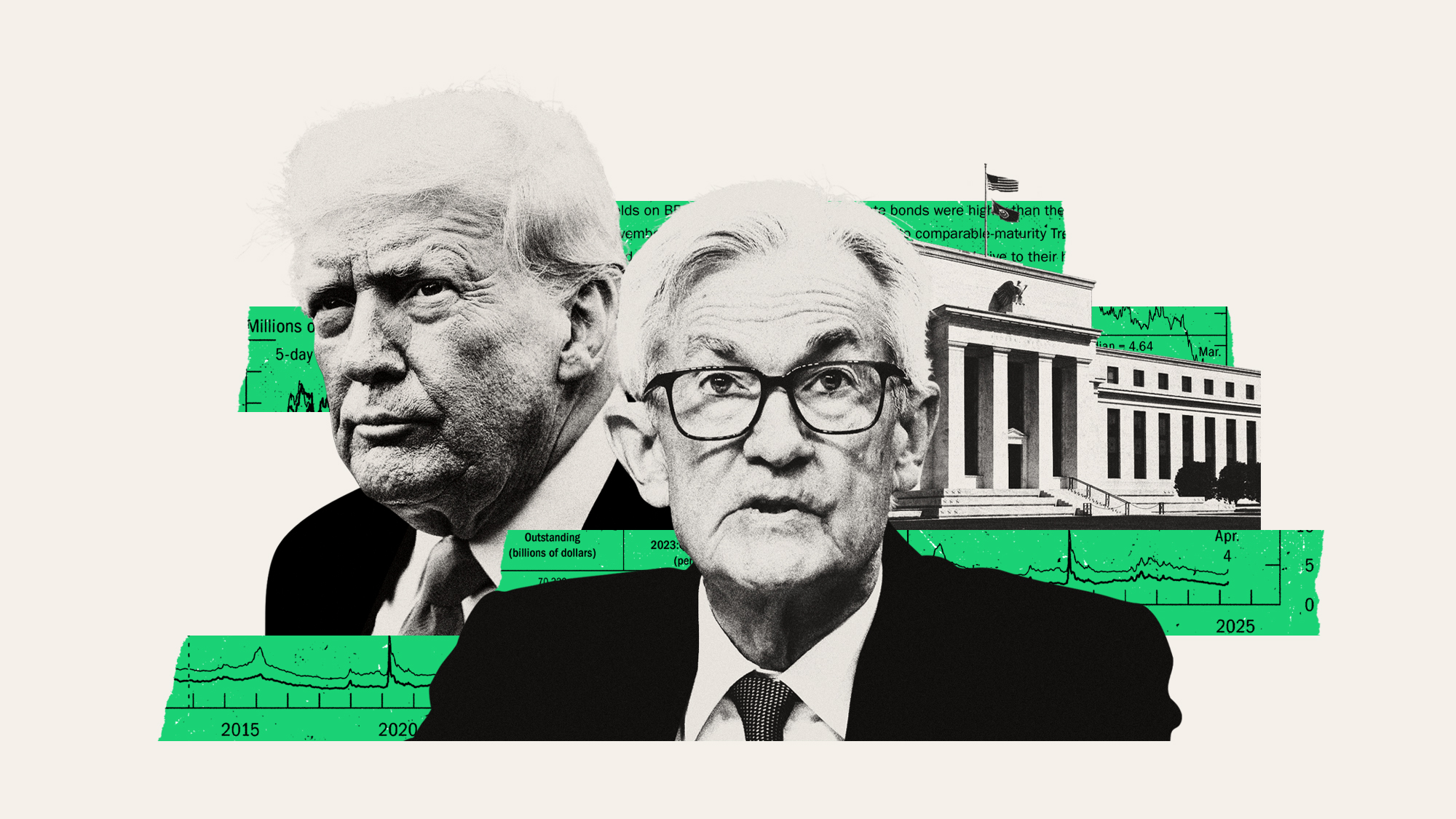 Trump's threats to fire Jerome Powell are unsettling the markets
Trump's threats to fire Jerome Powell are unsettling the marketsTalking Points Expect a 'period of volatility' if he follows through
-
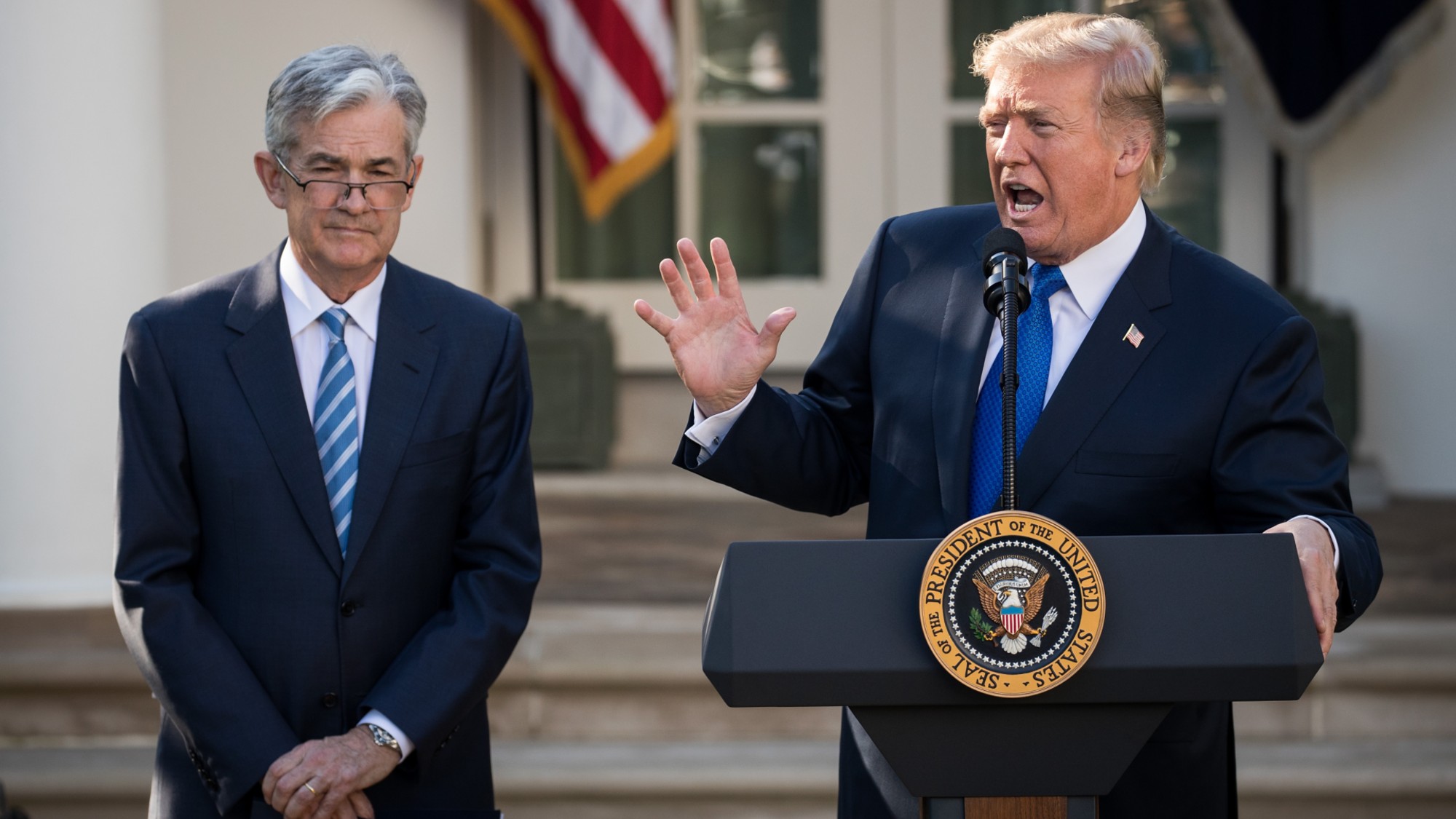 How will Wall Street react to the Trump-Powell showdown?
How will Wall Street react to the Trump-Powell showdown?Today's Big Question 'Market turmoil' seems likely
-
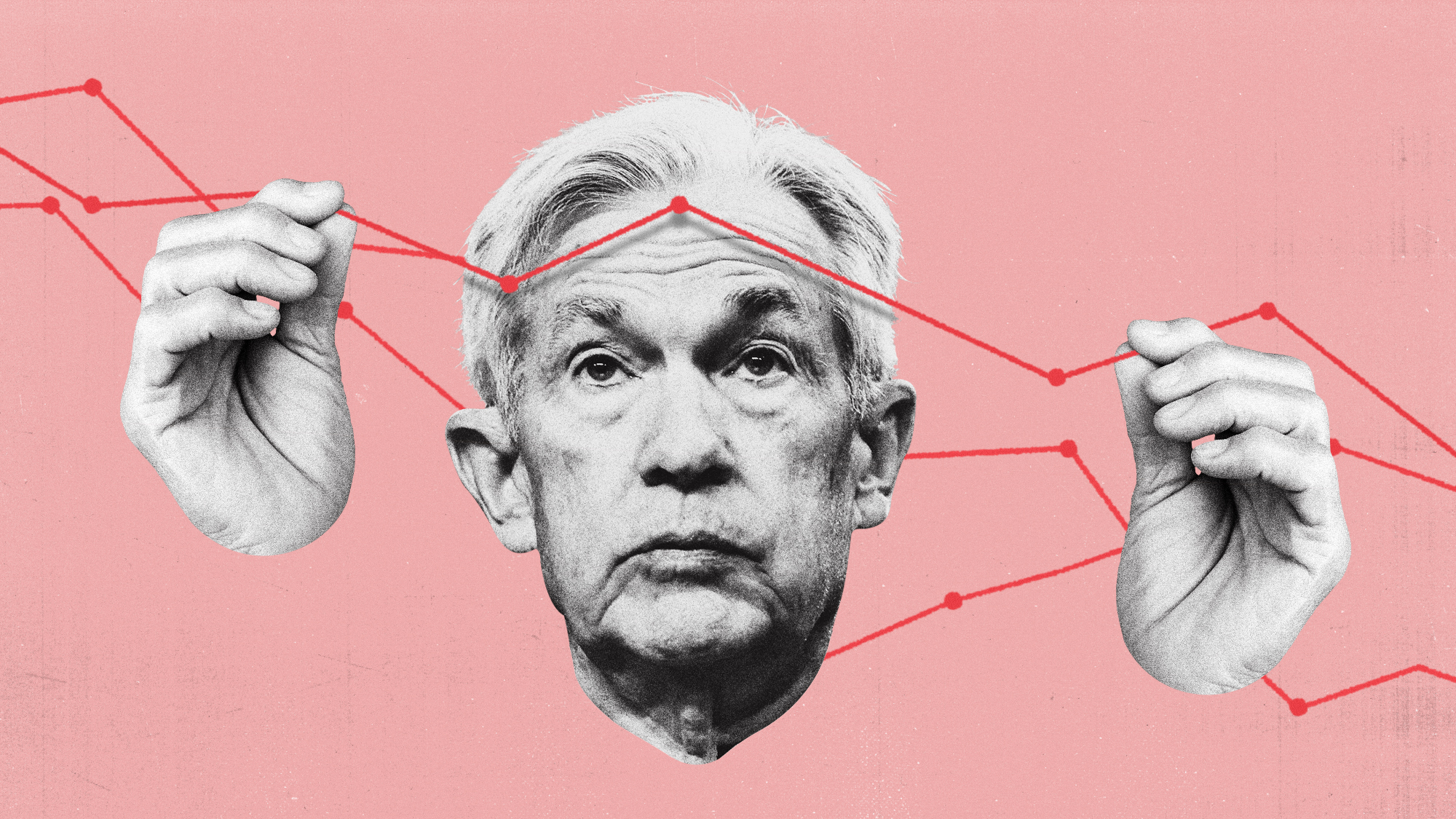 How will the Fed manage Trump's economy?
How will the Fed manage Trump's economy?Today's Big Question Jerome Powell is 'in a bind'
-
 Will Rachel Reeves have to raise taxes again?
Will Rachel Reeves have to raise taxes again?Today's Big Question Rising gilt yields and higher debt interest sound warning that Chancellor may miss her Budget borrowing targets


